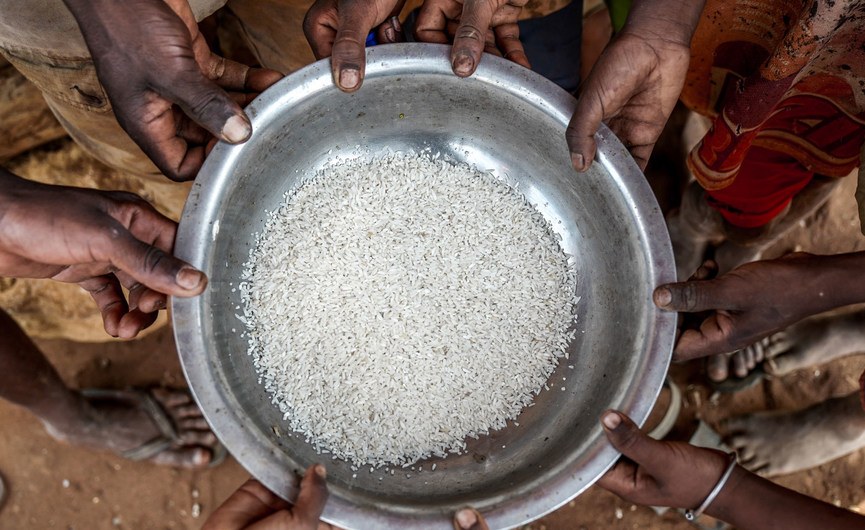In East Africa, millions are battling hunger and malnutrition, with 10.2 million people in Ethiopia facing severe food shortages, 34.5% of Kenyans undernourished, and 25.4% of children in Uganda stunted due to poor nutrition.
While international charity World Vision says communities have made strong gains in fighting these challenges, it warns that cuts to foreign aid are now putting years of progress at risk.
The region’s food crisis has been driven by a combination of climate change, conflict, and rising costs, but local solutions supported by World Vision have helped vulnerable families start to recover.
These include farming rehabilitation, nutrition education, and support for health systems.
The charity is calling for continued support to ensure this work is not undone.
Teleri Jardine, Head of Programme Quality at World Vision UK, said, “No child should go to bed hungry, and no child’s future should be threatened by malnutrition, which is why World Vision is committed to its ongoing work across East Africa to partner with communities to address not only immediate concerns, but long-term solutions.”
In Ethiopia, one key project Farmer Managed Natural Regeneration, has restored more than 3,000 hectares of land, improved food production, and strengthened local livelihoods by recovering water sources and protecting the environment. These efforts have made a direct impact on the ability of families to support themselves.
World Vision’s programmes in Kenya have also transformed lives. Fourteen-year-old Faith said, “My mum used to struggle a lot in meeting our basic needs.
After the training that she got from World Vision, she came and started a kitchen garden which we assisted in setting up. She planted vegetables and sweet potatoes. She gets money from it—we now get what we need.”
In Tanzania, nine-year-old Peles is now able to eat fish, a food that was previously not available in her village. The project has helped improve the nutritional diversity for children in her community.
The situation in conflict-affected areas remains dire. In Sudan, 38.73 percent of the population is severely hungry, and over half are experiencing moderate hunger.
World Vision is working across Sudan, Chad, South Sudan, Ethiopia, and Uganda, providing emergency nutrition services, clean water, and education on healthy practices.
In 2024, World Vision trained 737 community health workers who reached more than 11,000 children in Sudan.
They also formed care groups that reached thousands of pregnant and breastfeeding women and supported nearly 4,000 safe births through trained midwives.
World Vision stresses that sustained funding is critical.
The Sustainable Development Goal of Zero Hunger by 2030 is now at risk, and the charity says withdrawing aid at this stage would deeply affect communities still trying to recover and build a stable future for their children.
